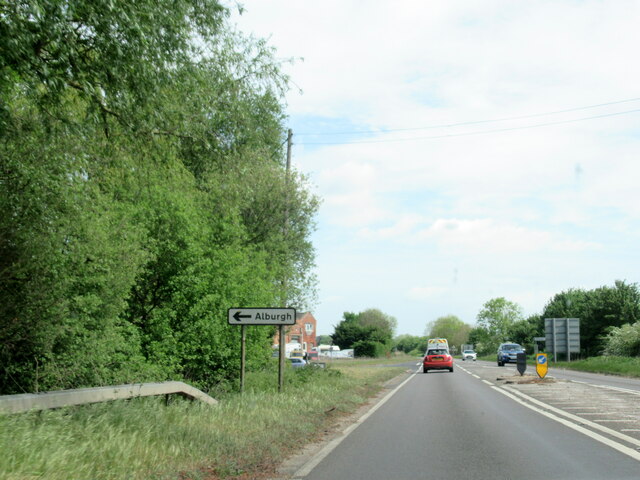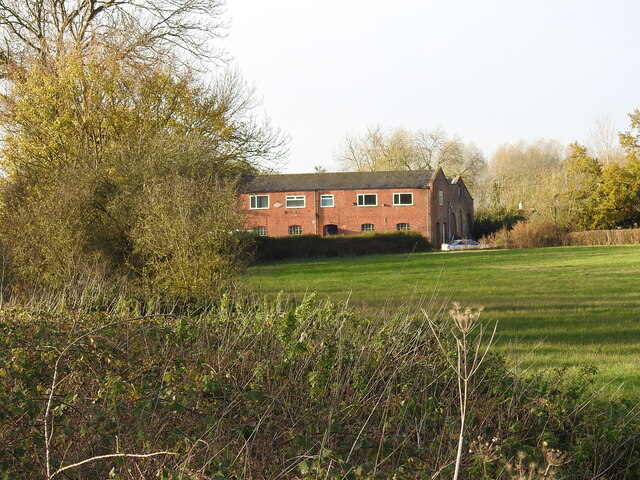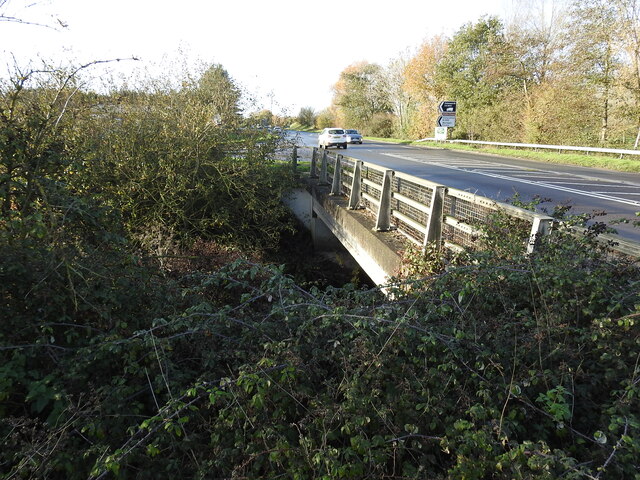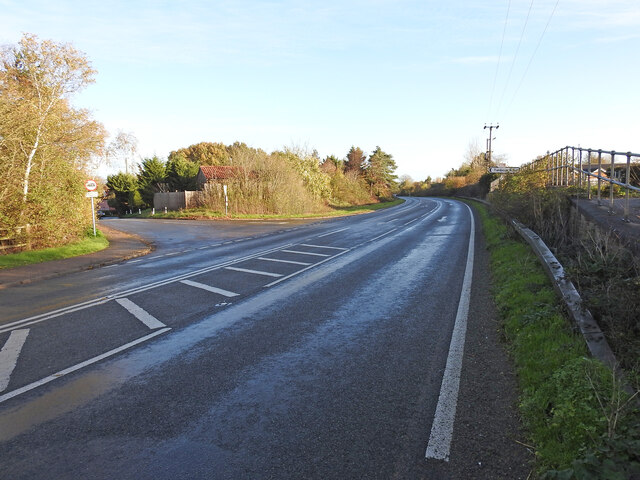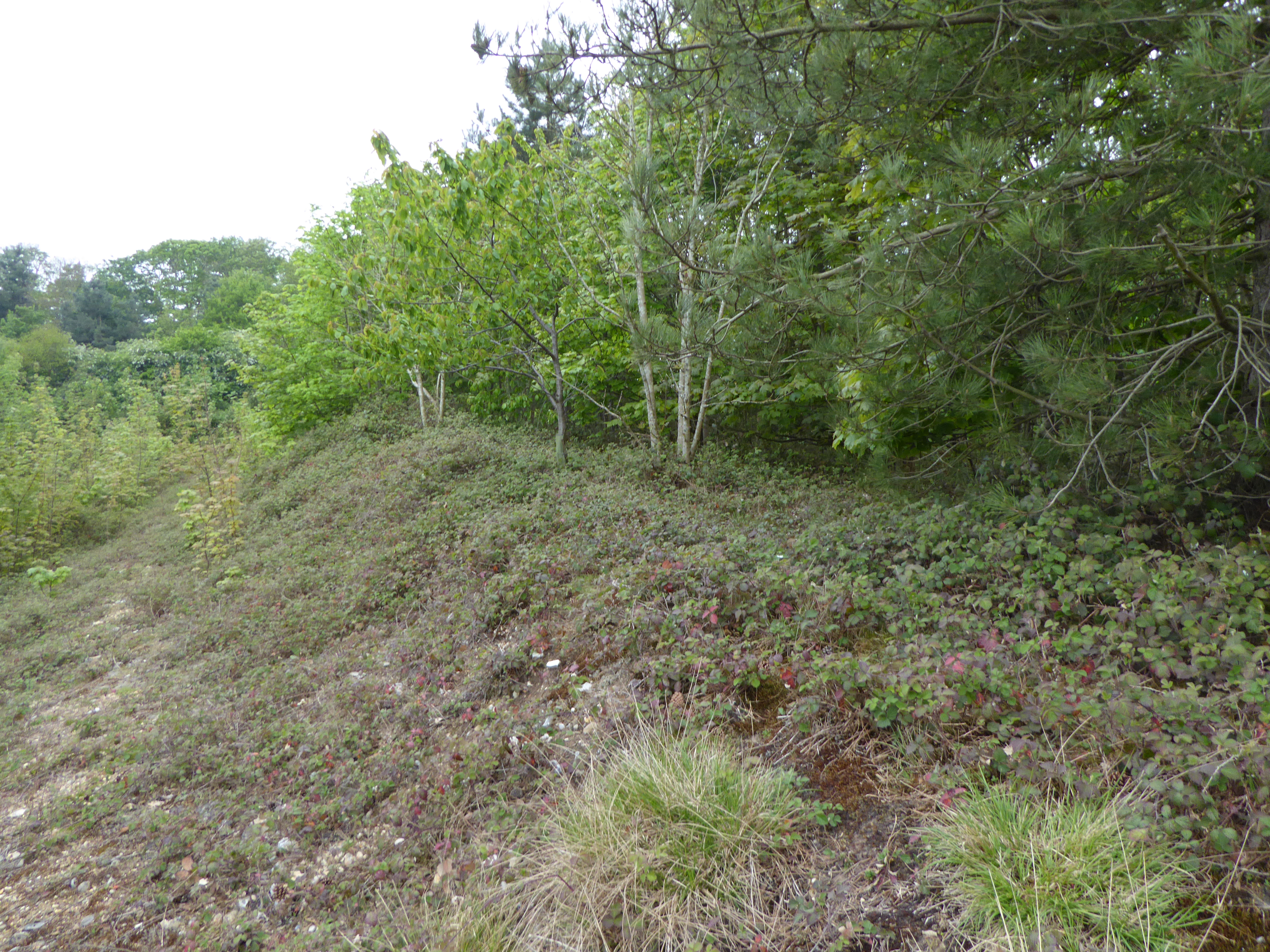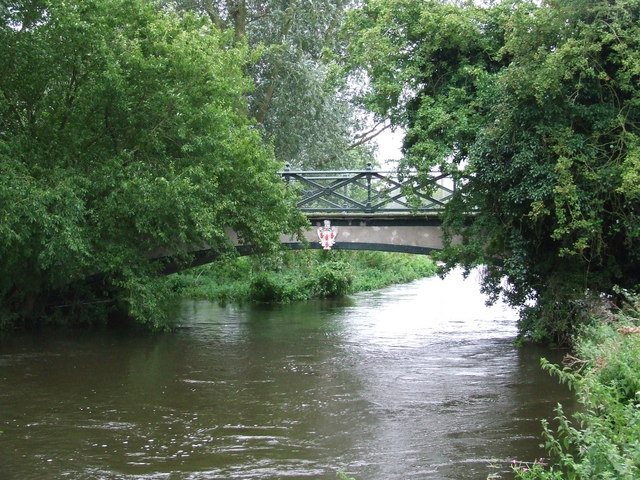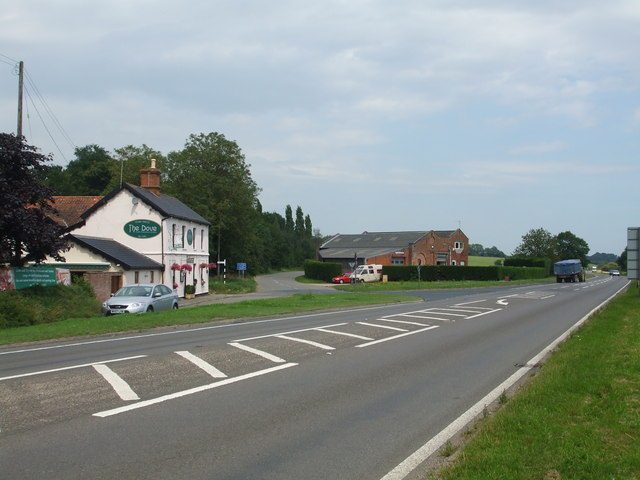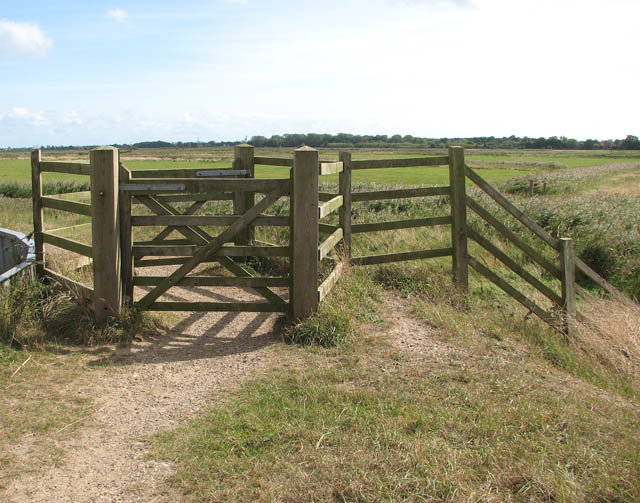Waterloo Plantation
Wood, Forest in Suffolk East Suffolk
England
Waterloo Plantation
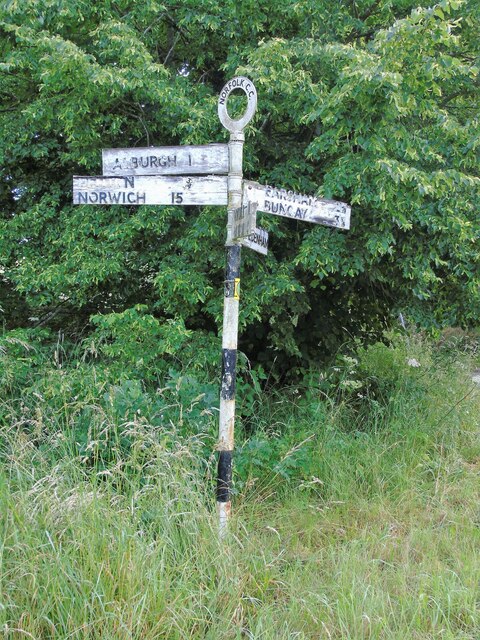
Waterloo Plantation, located in Suffolk County, is a picturesque woodland area known for its rich history and natural beauty. Situated in the heart of Suffolk, this plantation covers a vast expanse of land, making it an ideal destination for nature enthusiasts and history buffs alike.
The plantation is primarily known for its dense forest, which is home to a diverse range of plant and animal species. Towering oak trees, vibrant wildflowers, and winding trails offer visitors a chance to immerse themselves in the beauty of nature. The forest provides a habitat for several species of wildlife, including deer, foxes, and a variety of bird species, making it a popular spot for birdwatchers and wildlife photographers.
In addition to its natural wonders, Waterloo Plantation holds great historical significance. The plantation dates back to the 18th century, when it was established as a working plantation. It played a crucial role in Suffolk's agricultural development, primarily focusing on the production of tobacco and other crops.
Today, remnants of the plantation's history can still be seen, including the preserved ruins of the original plantation house and several outbuildings. These historical structures serve as a reminder of the area's past and offer visitors a glimpse into the lives of the people who once called Waterloo Plantation home.
Waterloo Plantation is not only a place of natural and historical significance but also a popular recreational spot. The plantation boasts well-maintained trails, picnic areas, and camping facilities, providing visitors with ample opportunities to explore and enjoy the outdoors.
Overall, Waterloo Plantation is a treasure trove of natural beauty and historical significance, making it a must-visit destination for anyone seeking to experience the charm of Suffolk County.
If you have any feedback on the listing, please let us know in the comments section below.
Waterloo Plantation Images
Images are sourced within 2km of 52.42416/1.3642571 or Grid Reference TM2886. Thanks to Geograph Open Source API. All images are credited.

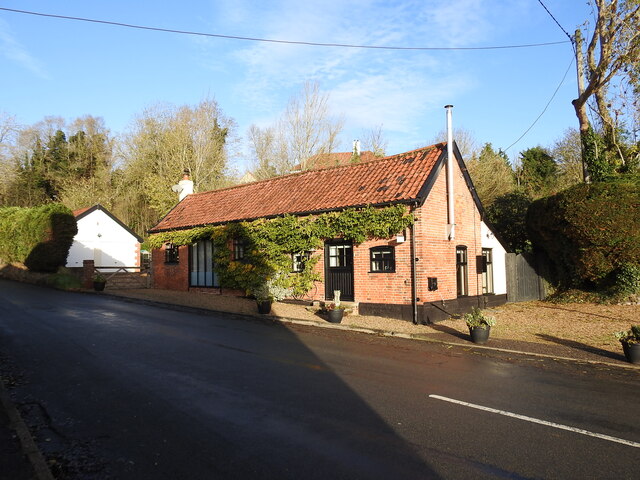
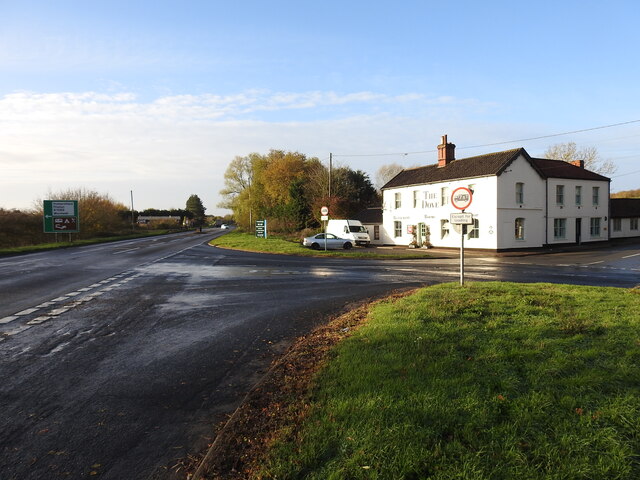
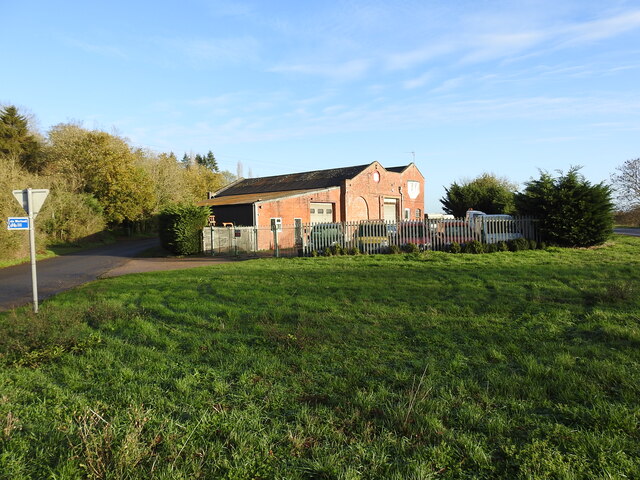
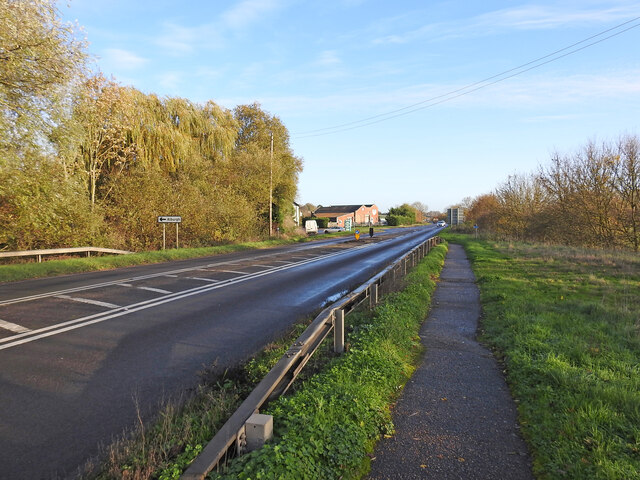
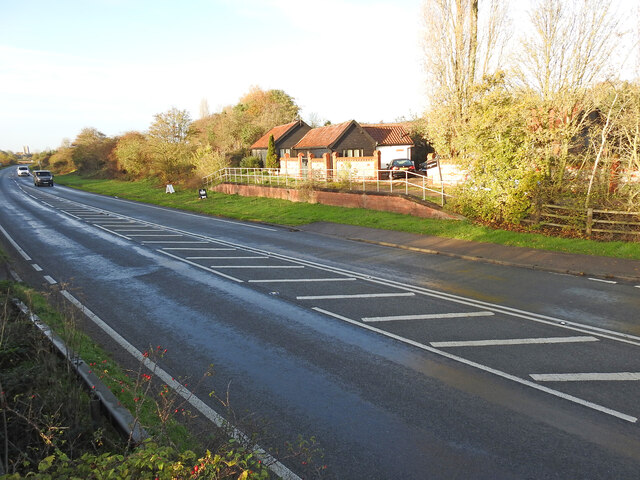

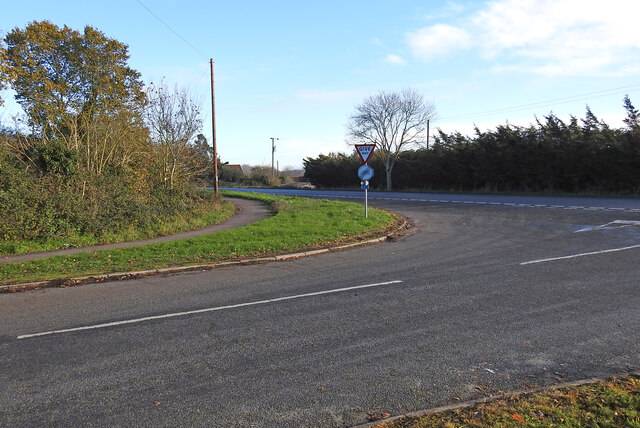
Waterloo Plantation is located at Grid Ref: TM2886 (Lat: 52.42416, Lng: 1.3642571)
Administrative County: Suffolk
District: East Suffolk
Police Authority: Suffolk
What 3 Words
///lizards.growth.scrubbing. Near Harleston, Norfolk
Nearby Locations
Related Wikis
Flixton Quarry
Flixton Quarry is a 0.7 hectares (1.7 acres) geological Site of Special Scientific Interest 3.75 miles (6.04 km) south-west of Bungay in the English county...
Homersfield
Homersfield, also known as St Mary, South Elmham, is a village and civil parish in the north of the English county of Suffolk. It is in the East Suffolk...
Homersfield Bridge
Homersfield Bridge is a road bridge across the River Waveney between Norfolk and Suffolk, and stands partly in the civil parishes of Alburgh and Wortwell...
Homersfield railway station
Homersfield was a railway station which served the village of Homersfield in Suffolk, England, although the station was located in Alburgh, across the...
Angles Way
The Angles Way is a long-distance footpath in England, close to the River Waveney and River Little Ouse and thus close to the Norfolk/Suffolk border between...
Wortwell railway station
Wortwell was a station in the small hamlet of Wortwell, Norfolk. It was opened in 1855, as part of the Waveney Valley Line between Tivetshall and Beccles...
Wortwell
Wortwell is a village and civil parish in the English county of Norfolk and adjoining the county of Suffolk. It is located on both the River Waveney (which...
St Cross South Elmham
St Cross South Elmham is a village and civil parish in the north of the English county of Suffolk. It is in the East Suffolk district, close to the border...
Have you been to Waterloo Plantation?
Leave your review of Waterloo Plantation below (or comments, questions and feedback).
